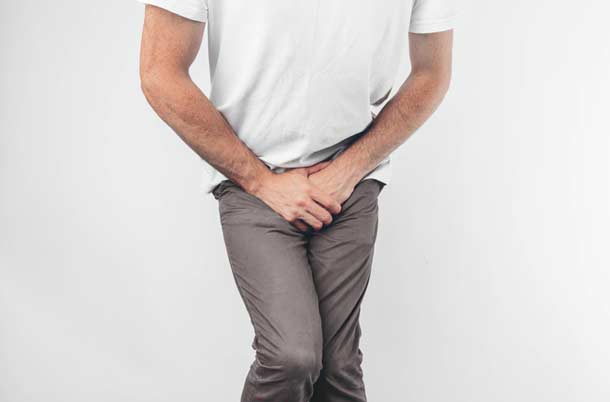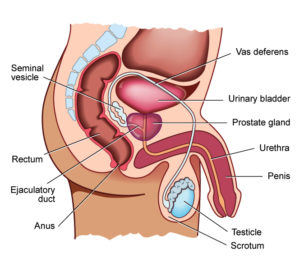
11 Jun Did you know? Men’s Health and the Prostate

Some interesting facts:
- The average urethral length in women is 4cm
- The average urethral length in men is 20cm
This extra long length of the urethra in men, can be seen as an anatomical advantage – as more pressure is required to cause leakage.
However – men can still experience problems with bladder function and continence. The following symptoms can be signs of bladder dysfunction in men. If experienced, they should be monitored and checked by a GP.
- Slow or weak stream
- Straining to get the flor started
- Sensation of incomplete emptying
- Frequent night urinations
A culprit of these symptoms is often a benign enlargement of the prostate. As the prostate grows larger, it squeezes tighter around the urethra. This can make it harder to empty the bladder, requiring men to stream. Two other problems could be prostatitis (inflammation of the prostate) and prostate cancer.
It is always advised these symptoms are assessed by a GP. The GP may prescribe medications to help the prostate to relax, which may resolve symptoms. Otherwise GP may refer you to a urologist, for further investigations and specialist opinion. The urologist may perform procedures such as TURP (transurethral radical prostatectomy), or a full removal of prostate.
Pelvic floor physiotherapy can assist with
- techniques to better empty the bladder
- pelvic floor physiotherapy before and after complete prostate removal to reduce urinary leakage after surgery
- when the prostate is removed, you also remove 4-6 cm of urethral length, and the extra support the prostate was giving, which can increase leakage after surgery
- management for functional constipation, or any bowel problems
- healthy bowels = healthy bladder – they are next door neighbours
- management of overactive bladder symptoms
- including increased day and night frequency, and urgency, with or without leakage
- fluid modulation
- especially to help with night time urinations
By Sarah Watson, Pelvic Floor Physiotherapist at WWMH
